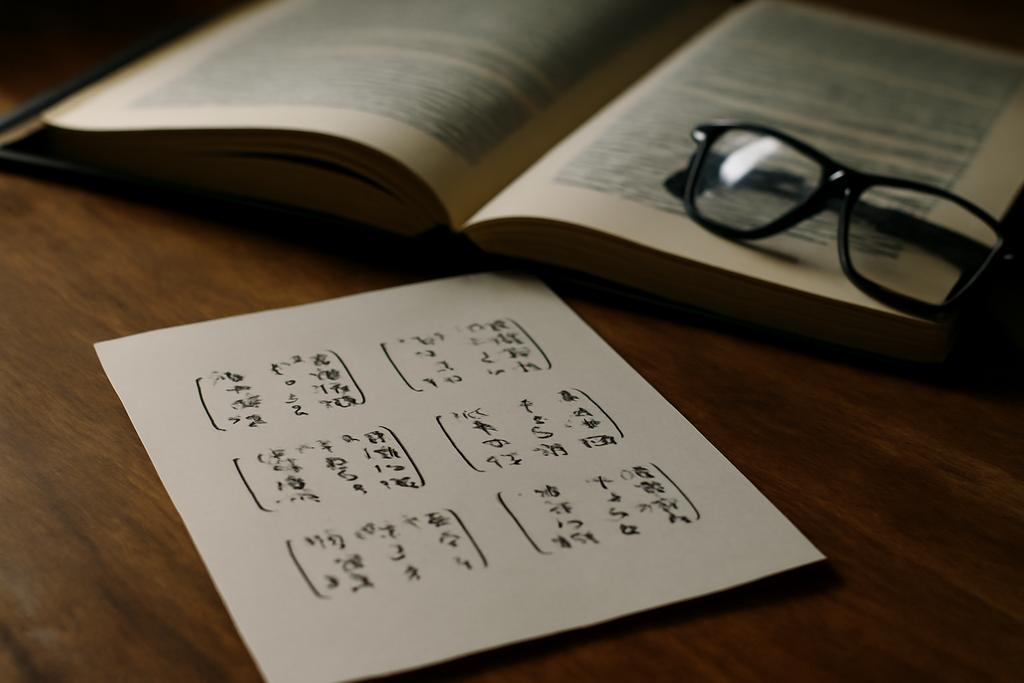The Enigmatic Dance of Matrices and Gravity
Imagine the universe as a vast, intricate tapestry woven from the threads of gravity. For centuries, physicists have sought to understand this fundamental force, its elegance masking a profound complexity. Now, a new study from the Ecole Polytechnique Federale de Lausanne (EPFL), led by Adrien Martina, suggests a radical simplification: gravity might emerge not from the fabric of spacetime itself, but from the surprisingly simple mathematics of matrices – tiny grids of numbers that, when manipulated in just the right way, could reveal the deepest secrets of the cosmos.
Matrix Models: A Universe in Miniature
The heart of Martina’s research lies in “super-Yang-Mills (SYM) matrix models.” These models, at their most basic, represent a universe compressed to a single point. Instead of fields stretching across space and time, they employ matrices—arrays of numbers—to encode the fundamental forces and particles. The beauty and the challenge of this approach is its extreme minimalism. These models trade the boundless expanse of spacetime for a finite, albeit complex, mathematical structure. In these models, calculations are, in principle, reduced to a finite set of matrix integrals.
The most famous example is the IKKT model, proposed as a non-perturbative description of type IIB string theory. But working with these models presents a significant hurdle: the “sign problem.” In many of these models, a crucial component—the Pfaffian, a kind of determinant for antisymmetric matrices—can take on both positive and negative values. This makes standard numerical methods, such as Monte Carlo simulations, practically impossible due to the cancelling oscillations.
Cracking the Sign Problem: A New Class of Models
Martina’s breakthrough lies in a systematic classification of all possible “mass deformations” of these SYM matrix models in various dimensions (3, 4, 6, and 10). Mass deformations, in essence, introduce additional terms into the mathematical equations that govern the behavior of these matrices, similar to adding mass to particles in the real world. Crucially, these deformations must preserve essential symmetries – specifically, gauge symmetry and (possibly deformed) supersymmetry, which are fundamental to the underlying physics. Through a rigorous mathematical analysis, Martina shows that by introducing mass terms in a very particular way, these models can be tweaked to eliminate the pesky sign problem. This is significant because it opens up the possibility of using standard numerical techniques to study these models.
Four-Dimensional Hope: Tractable Toy Models
Among the new models, the four-dimensional ones stand out. Martina’s work shows they are the only ones among the ones he classified that don’t suffer from the sign problem. This makes them exceptionally promising “toy models”—simplified versions of the full ten-dimensional IKKT model—for physicists eager to test ideas about quantum gravity using numerical simulations. These four-dimensional models retain much of the richness and complexity of their ten-dimensional counterparts, yet are far more tractable to investigate.
Beyond the Toy: A Glimpse into Reality
While these four-dimensional models are initially presented as simplified toys, their significance extends far beyond that label. They offer physicists a tangible path toward understanding aspects of quantum gravity that have long eluded analytical solutions. The models provide an avenue for tackling problems that were previously deemed computationally insurmountable. Furthermore, the surprising finding that gravity could potentially emerge from the seemingly simple mathematics of matrices opens up entirely new avenues of thought.
The Road Ahead: Numerical Explorations and Beyond
Martina’s work provides a robust framework for future research. The next step is to use the sign-problem-free models to run extensive numerical simulations. These simulations could reveal subtle features and behaviors of these matrix models, providing crucial insights into their connections to gravity. It is important to keep in mind that the mass-deformed models cannot be recovered in the zero-mass limit. This surprising discovery reveals potential subtleties in how we approach quantum gravity.
Moreover, the research raises broader questions about the nature of spacetime itself. If gravity truly does emerge from the mathematics of matrices, it challenges our intuitive understanding of the universe. The implications are profound and far-reaching: a universe where the very fabric of space and time could be a consequence of an underlying, more fundamental mathematical structure. This is an exciting moment in theoretical physics, where the simple elegance of mathematics could unlock some of the deepest mysteries of the universe.










